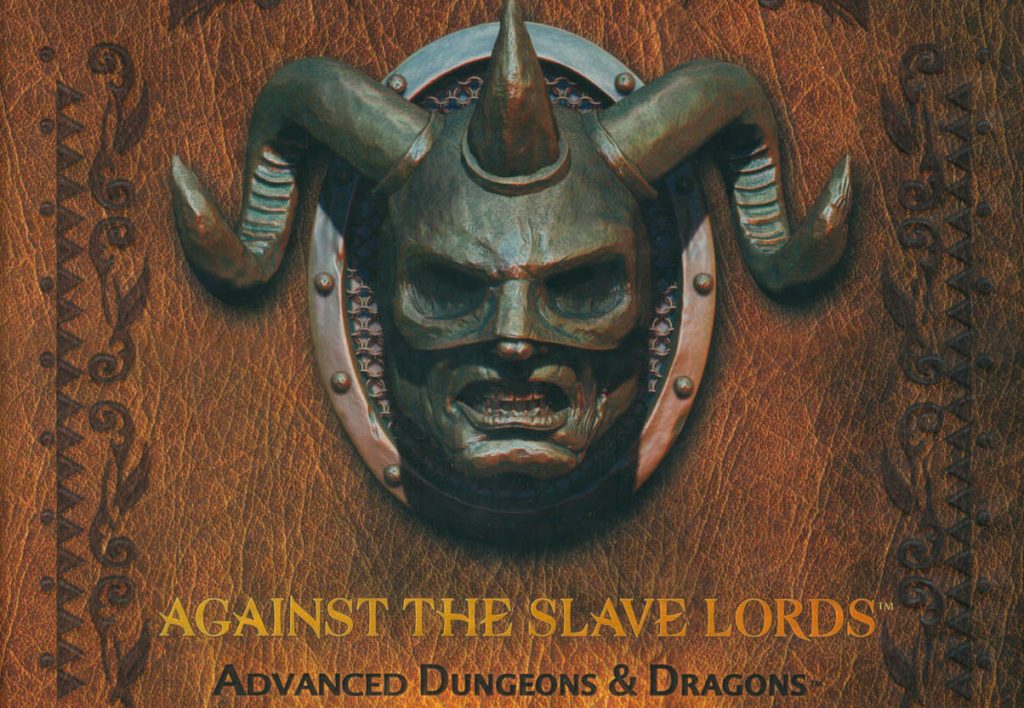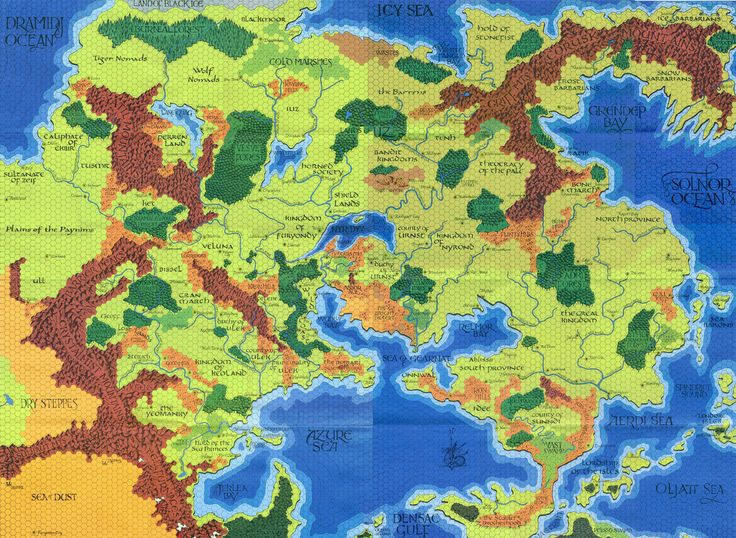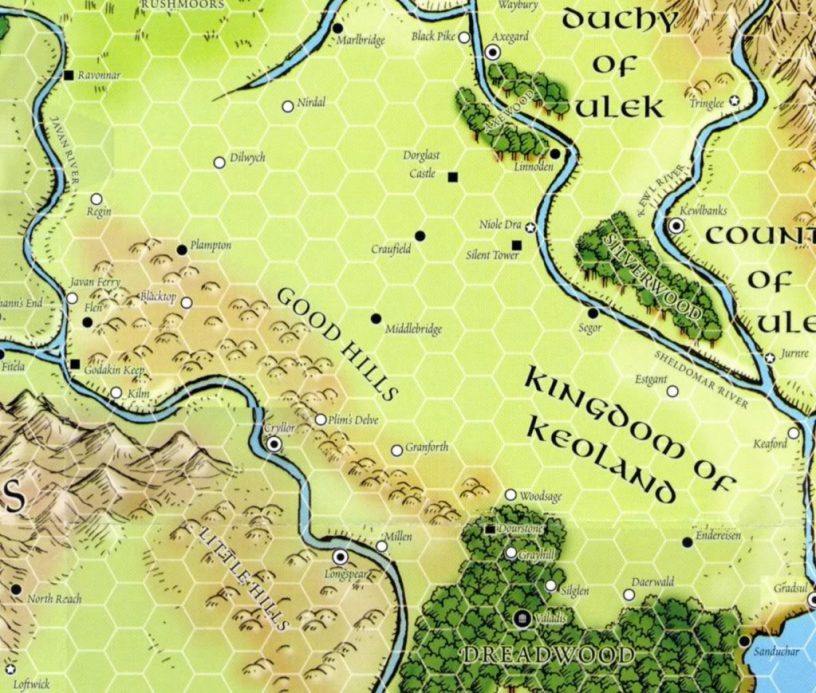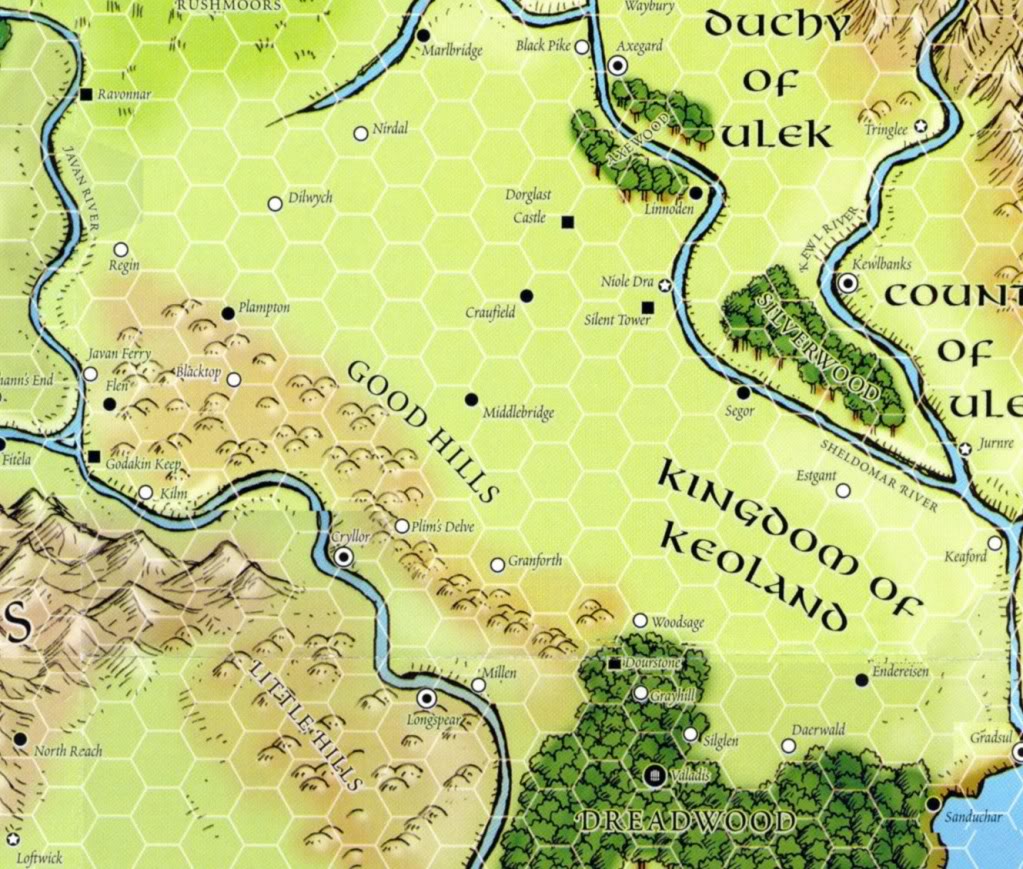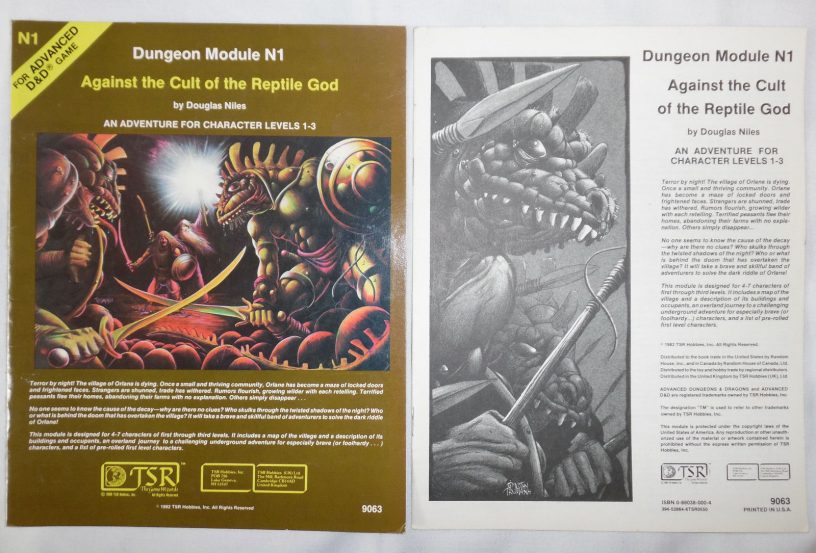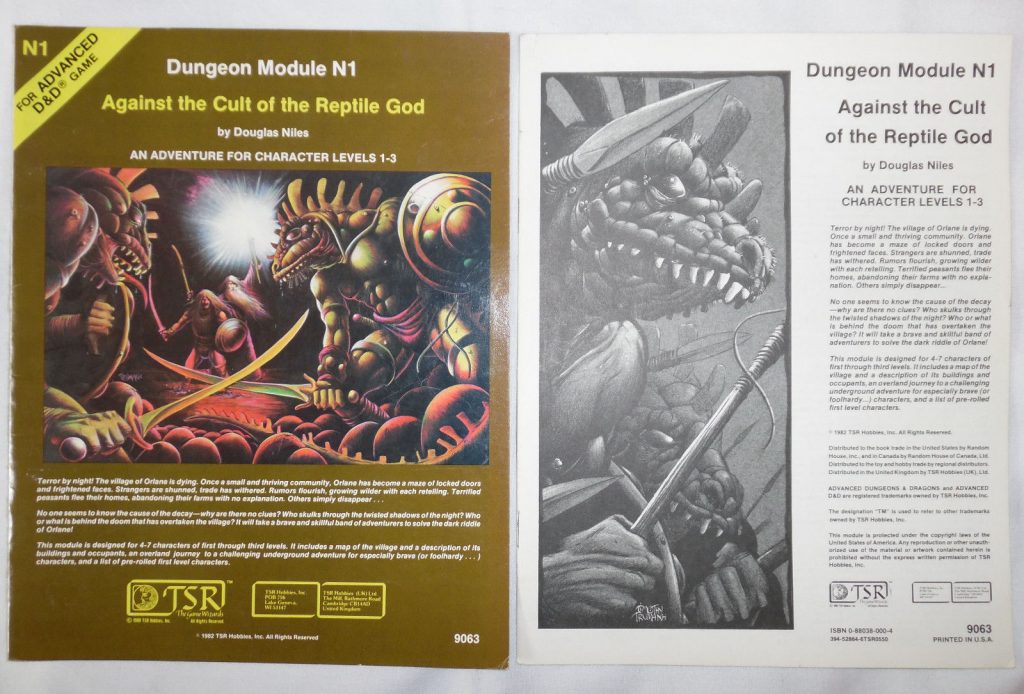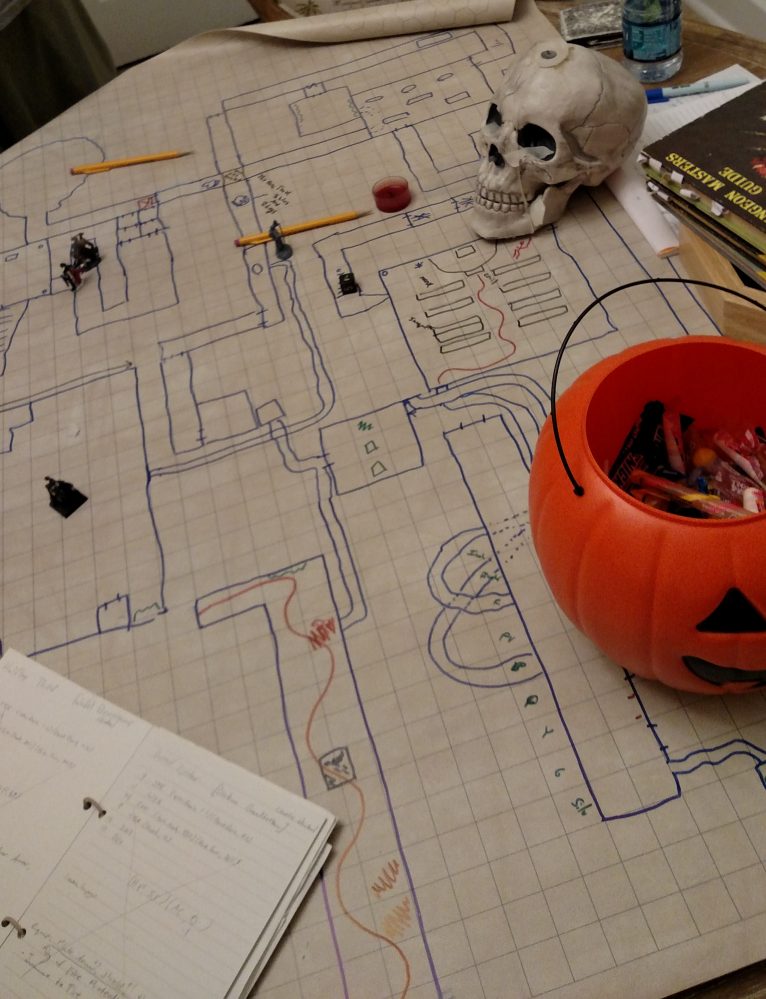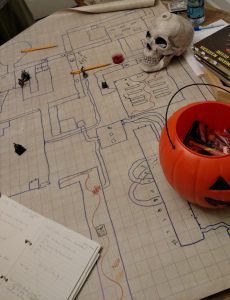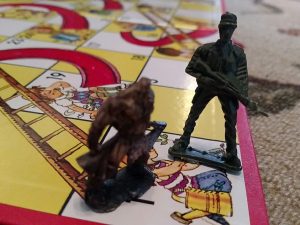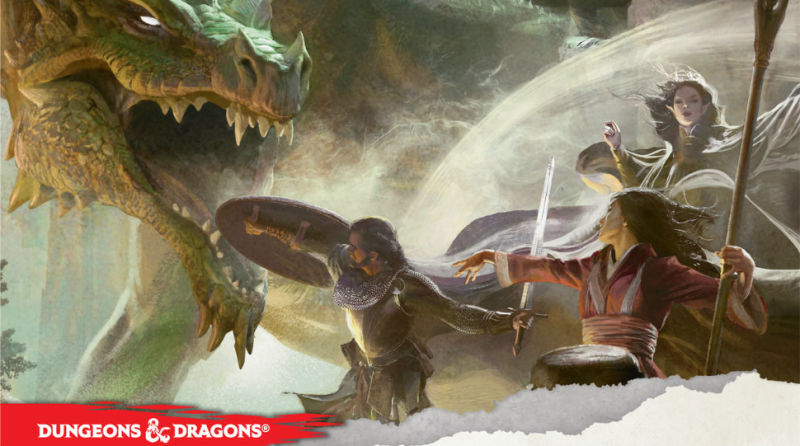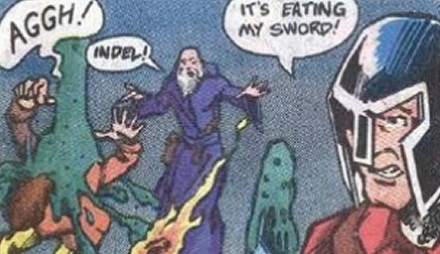When Against the Cult of the Reptile God sparked ongoing interest with two of my players in AD&D, I decided to take a whack at an ongoing campaign in that region of Greyhawk. While I wasn’t interested in plowing straight through the Slave Lords series, one module stood out to me as interesting: A0 – Danger at Darkshelf Quarry.
Published in 2015, this module functioned to introduce the Against the Slave Lords series for its WotC hardback reprint (pdf available here). It was written by Skip Williams, who playtested the original A1-4 series. An appropriate author for an homage to this classic series of tournament modules.
Now you may be surprised to hear me make reference to “tournament modules.” While there are currently D&D Adventurers’ League adventures written for conventions, they’re still not tournaments. How could you have a D&D tournament? Well A1-4 actually spells it out for you very clearly. The basic gist was this: there were 3-4 consecutive dungeon crawls. The best players (the ones who survived) made it to the next session in the tournament, until the final round was only the best of the best.
The result is that these modules are basically a dungeon without a story. In homage to them, Danger at Darkshelf Quarry is light on story and heavy on dungeon. But again, I’m learning that AD&D authors really expected DMs to take modules and make them their own…which I did (more on that soon). So without further adieu, here’s my rating and review of Danger at Darkshelf Quarry:

